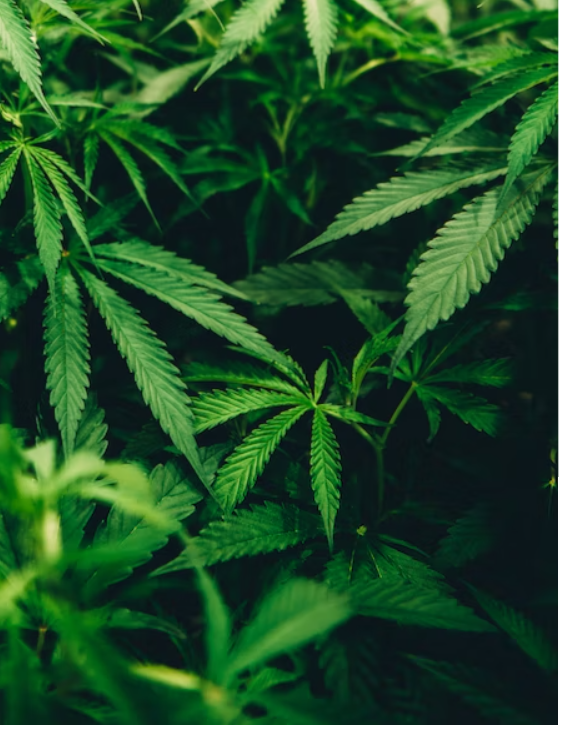The history of cannabis is long and complex, with evidence of its use dating back thousands of years. Here is a brief overview of the history of cannabis:
- Ancient Use: Cannabis was first used for medicinal purposes in ancient China, where it was used to treat a variety of ailments. It was also used in India, where it was considered a sacred plant and was used in religious ceremonies.
- Spread: Cannabis eventually spread to other parts of the world, including the Middle East, Africa, and Europe. Its use continued to be primarily medicinal in nature.
- 19th Century: In the 19th century, cannabis began to be used recreationally in the United States, particularly in the South. It was often used as a substitute for alcohol, which was banned in some states.
- Early 20th Century: In the early 20th century, concerns about the effects of cannabis on mental health began to emerge. Many states began to pass laws regulating cannabis use.
- 1930s: In the 1930s, the federal government began to crack down on cannabis use. The Marijuana Tax Act of 1937 effectively banned cannabis use and possession in the United States.
- 1960s-70s: In the 1960s and 70s, cannabis use became more widespread, particularly among young people. Many people began to argue that the ban on cannabis was unjust and that it should be legalized.
- 1990s-Present: In the 1990s, several states began to legalize cannabis use for medicinal purposes. Since then, many other states have followed suit, and several have also legalized cannabis for recreational use. However, cannabis remains illegal at the federal level in the United States.
Today, cannabis is used for a variety of purposes, including medicinal, recreational, and spiritual. It remains a controversial topic, with advocates arguing that it should be legalized and opponents arguing that it is a dangerous drug. The history of cannabis continues to evolve, and its future remains uncertain.



